Immerse yourself in the enigmatic universe of Barbie as we unravel a treasure trove of hidden references and thought-provoking conclusions nestled within her cinematic journey. As we traverse the intriguing narrative, we’ll reveal 20+ Easter eggs that might have slipped past your radar, interweaving facets of Barbie’s life, creator Ruth Handler’s vision, and even the captivating controversies surrounding characters like Allan, Pregnant Midge, and Growing Up Skipper.
But the thrill doesn’t stop there. We’ll also pull back the curtain on Barbie’s intriguing finale, shedding light on the profound thematic messages it conveys about gender dynamics, societal expectations, and personal identity. The film’s ending will leave you pondering, unraveling the deep-seated implications of Barbie’s decisions and how they shape her world and beyond.
Movie References
Embracing the Odyssey: The Dawn of Barbie
The initial scene of the 2023 Barbie movie breathes life into an exceptional homage to Stanley Kubrick’s 2001: A Space Odyssey, titled ‘The Dawn of Man.’ Unveiling the compelling narrative, the scene makes a dramatic departure from the primitive chimps huddled around a black monolith, replaced by young girls drawn towards an imposing figure of Barbie, stunningly portrayed by Margot Robbie.
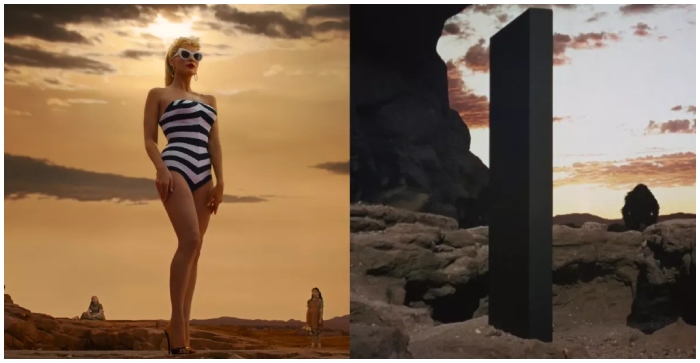
Both scenes articulate the same poignant metaphor: the onset of a game-changing era, heralding a transformation that leaves no one untouched. This introduction provides the first glimpse of Barbie, introducing audiences to the groundbreaking shift back in 2022.
Puppeteer of the Patriarchy: A Nod to The Godfather
Taking a leaf out of the iconic movie, The Godfather, the plot in Barbie Land turns fascinatingly patriarchal with the Kens usurping power. Ken, portrayed by Kingsley Ben-Adir, is engrossed in watching The Godfather, leading to a clever distraction where a Barbie feigns ignorance about the movie.
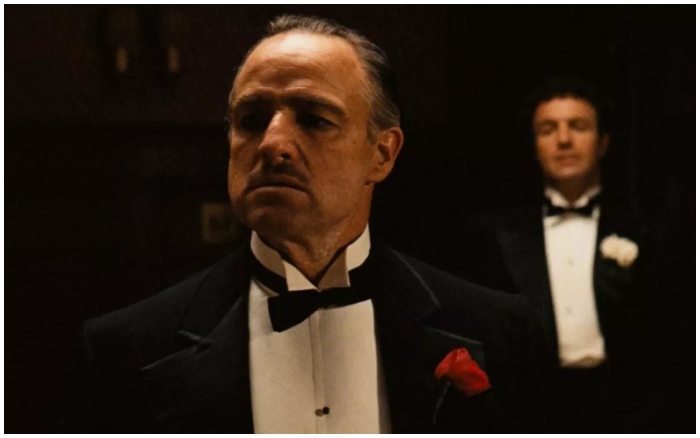
She urges Ken to narrate the movie’s plot, a tactic that keeps him engrossed while the other Barbies launch a daring rescue mission to save a hypnotized Barbie. The scene is an intriguing blend of suspense and strategic distraction.
The Dilemma of Reality: A Barbie Matrix
In an exciting twist, Margot Robbie’s Barbie starts experiencing an unusual sensation, prompting her to seek assistance from Kate McKinnon’s eccentric Barbie. The latter presents her with two options akin to the iconic Matrix choice offered to Neo by Morpheus.

One symbol, a humble Birkenstock sandal, signifies acceptance of reality, while the other, a glamorous pink high heel, represents staying within the comfort of Barbie Land. Neo chooses reality over illusion, but Barbie opts for the dazzling pink, indicating her preference for the known over the unknown.
The Pink Brick Road: A Barbie Twist to the Wizard of Oz
A clever spin on The Wizard of Oz sees the escape route from Barbie Land initiated by following a pink brick road. Contrary to Dorothy’s journey, which follows the yellow brick road home to Kansas, Barbie’s adventure commences when she traces the pink brick road, leading her away from her familiar abode to the bustling city of Los Angeles.
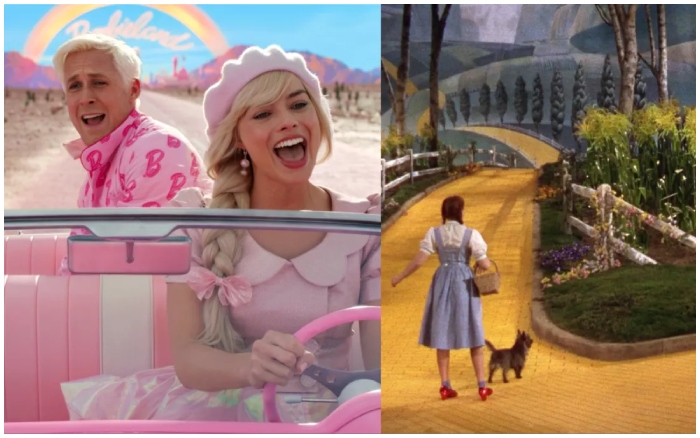
This fresh take adds an unexpected twist to Barbie’s journey and her quest for independence.
Breaking Free: A Comment on Zack Snyder’s Justice League
Alexandra Shipp’s hypnotized Barbie finally shakes off her trance-like state upon hearing America Ferrara’s stirring speech about the struggles of womanhood.

The awakening prompts her to humorously compare her condition to someone deeply engrossed in Zack Snyder’s Justice League. This moment is a subtle nod to the Snyder Cut, a result of an intense fan campaign leading to the film’s director’s cut release, markedly distinct from the theatrical version concluded by Joss Whedon.
Lessons in Masculinity: A Tribute to Grease
In a vibrant tribute to the movie Grease, Ryan Gosling’s Ken is quickly introduced to the ways of the patriarchal world during his visit to the real world.
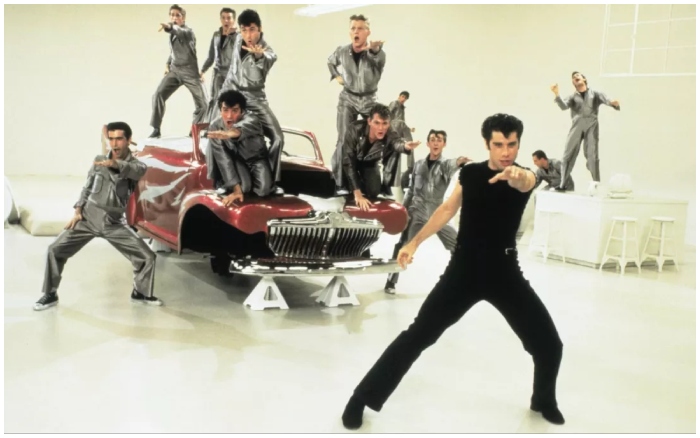
The montage that ensues features the lively “Greased Lightnin'” scene, as Ken learns to navigate the realms of machismo, epitomized by men harmonizing over a stylish car.
Barbie’s Playtime: An Ode to the Iconic French Comedy
Barbie’s grand arrival in the real world prompts the intervention of the FBI, who contacts Mattel employee Aaron Dinkin, portrayed by Connor Swindells. The scene humorously portrays the Mattel employees operating in a drab office setting, strikingly similar to The Offices in the French comedy Playtime, directed by Jacques Tati in 1967.

Barbie’s thrilling escape from the headquarters later triggers a hilarious chase sequence through the identical office cubicles.
Despair and Distraction: Pride and Prejudice in Barbie Land
Upon Barbie’s return from the real world, she finds the patriarchal order established by Ken and his companions. In the throes of despair, an advertisement features ‘Depressed Barbie’ who fills her time with activities like spending hours on Instagram.
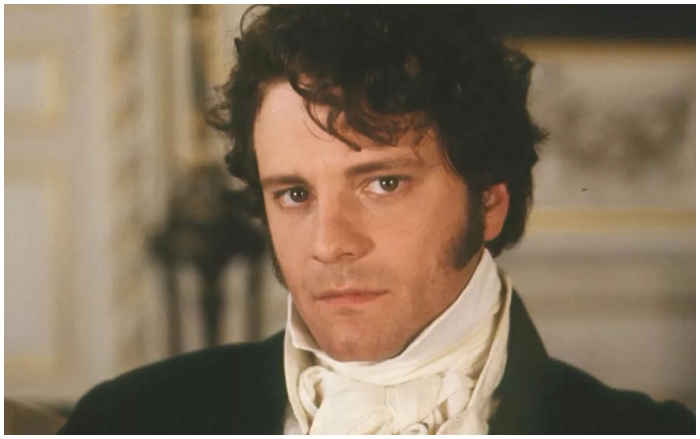
An added feature involves her re-watching the iconic 1995 BBC miniseries adaptation of Pride and Prejudice, providing comfort during her trying times.
Gosling’s Rocky Revival
Gosling’s Ken pays a stylish homage to the Rocky series when he adopts a luxurious fur coat during his stay in the real world. This wardrobe upgrade takes inspiration from Sylvester Stallone’s iconic ’80s outfit, signifying the effects of patriarchal influence on Ken.
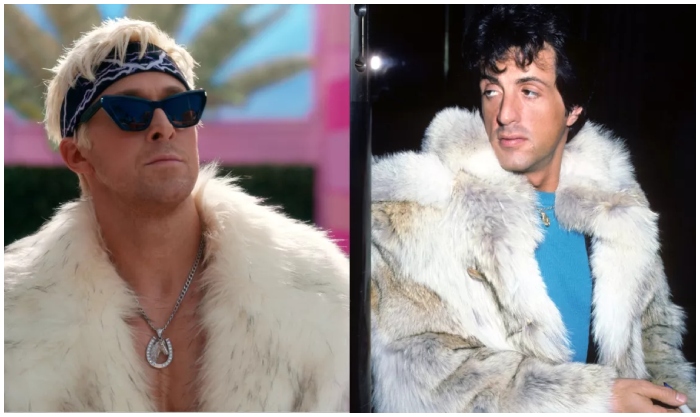
Despite the radical change, Gosling remarkably pulls off the look, adding to his charisma.
Beach Volleyball: A Tip of the Hat to Top Gun
In an amusing nod to 1986’s Top Gun, the Kens engage in a beach volleyball match. Although there are no planes featured in Barbie’s journey from her land to the real world, the scene captures the spirit of camaraderie and competition seen in the iconic Top Gun sequence.
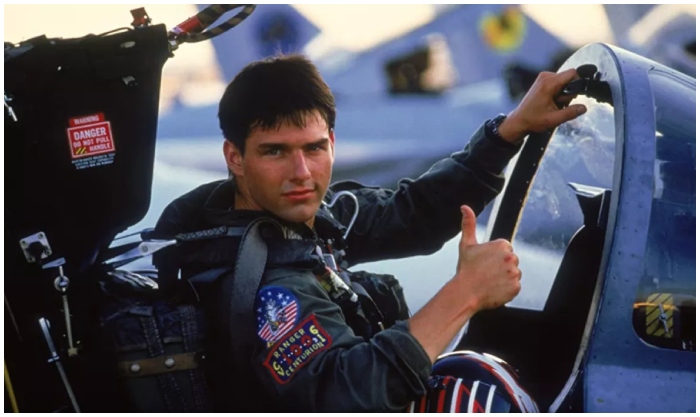
The high-five shared between Kens mirrors the camaraderie displayed between Cruise’s Maverick and Anthony Edwards’ Goose, enriching the comedic undertones of the scene.
The Heart of Barbie Land
The first thing that strikes you is the striking contrast the region poses with its surroundings. Suddenly, the water takes on a brighter, clearly artificial shade of blue – a stark contrast to the natural landscape. It’s almost as though you’ve crossed over into a different world, one where Barbie’s penchant for dreamy aesthetics comes alive in full force. But that’s just the tip of the iceberg. The real Easter egg lies in Barbie’s very own cul-de-sac, a quaint residential spot teeming with the familiar pastel shades we all associate with our favorite fashion doll.
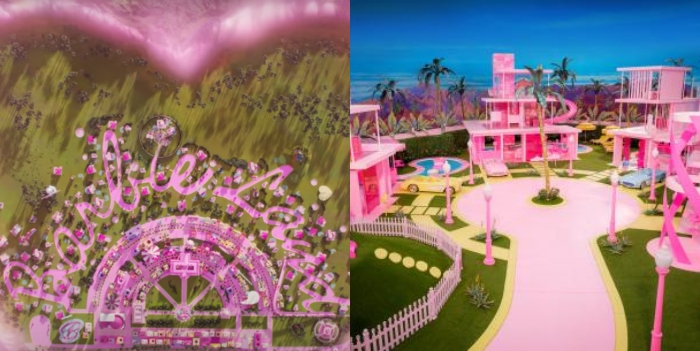
Look closer, and you’ll see it – the cul-de-sac is the dot of the ‘i’ in the sprawling Barbie land, visible only from an overhead map. Why does this matter? Well, it’s a cheeky nod to Barbie’s central role in this heart-shaped paradise. Not only is she the star of the show, but she’s quite literally at the heart of it all. It’s a clever detail that underscores Barbie’s influence on the design and aesthetics of her world, a testament to her unique, iconic style.
The Pink Bow
A key accessory becomes an Easter egg when Barbie, facing challenges in Barbie Land, dons a pink ribbon in her hair. This small but significant detail references Catherine Deneuve’s hairstyle in “The Umbrellas of Cherbourg” (1964), a movie that inspired director Greta Gerwig during the making of Barbie.

This Easter egg subtly ties Barbie’s universe to the broader canvas of cinematic history and reveals how Gerwig’s inspirations shaped her unique interpretation of Barbie’s world.
Ken Dance Number
During the climax of the Kens’ conflict, an unforgettable moment is birthed as Ken breaks into the song “I’m Just Ken.” The dance number that follows, complete with a visually stunning set and grandiose costumes, channels the dream ballet sequence from “Singin’ in the Rain” (1952).

This Easter egg is a nostalgic nod to the golden age of Hollywood musicals. It exhibits Barbie’s admiration for classic cinema and imparts an unforgettable vintage flair, which will undoubtedly tickle the fancy of classic film aficionados.
Barbieland Airport
In a clever mix of real-world and fantasy, the airport in Barbie Land is referred to as “BAX,” a nod to LAX, the international airport in Los Angeles. This playful Easter egg draws a delightful parallel between Barbie’s universe and our own, injecting a dose of reality into Barbie’s fantastical world.

It highlights the creative team’s knack for merging real-life elements with imagination, making Barbie’s universe more relatable and intriguing to audiences.
Clothing Store in Barbieland
This next Easter egg appears during the Kens’ serenade of “Push” by Matchbox Twenty. Keen-eyed viewers might notice a store named “Barbiedales” in the background, an unmistakable nod to the famous department store Bloomingdale’s.

This whimsical reference seamlessly marries Barbie’s world with real-life luxury retail, wrapping up the Easter egg hunt with a dash of high-end fashion and commercial appeal, highlighting the playful interplay between reality and Barbie’s universe.
Costume Designer Ann Roth
One of the subtle Easter eggs that enriches Barbie’s world is when she commends an older woman on her beauty. The woman is no other than Ann Roth, the legendary costume designer who’s been nominated for five Academy Awards, winning two for “The English Patient” (1996) and “Ma Rainey’s Black Bottom” (2020).

This beautifully orchestrated cameo pays tribute to Roth’s extraordinary contributions to the world of film, and underlines the significant role that costume design plays in the creation of memorable characters. Roth’s appearance is not merely a cameo, but a loving nod to her unparalleled talent in costume design.
Chanel Clothing
Margot Robbie’s personal connection with Chanel finds its way into Barbie’s universe. Throughout the film, Barbie can be seen wearing Chanel items, including a dazzling necklace from the spring 1995 collection.

This deliberate choice not only highlights Robbie’s ongoing relationship with the fashion brand since 2018 but also merges the actor’s real-life style with her character’s. This intertwining of reality and fiction allows the film to offer a sophisticated fashion statement while paying homage to Robbie’s style and her association with Chanel.
Ken’s Horse Book
A personal touch that bridges the gap between the cast and their characters comes to light when Barbie returns to a Ken-dominated Barbie Land. Ken is seen engrossed in a book about horses, which was actually a real-life gift from Margot Robbie to Ryan Gosling.

This Easter egg blurs the lines between real and reel, enhancing the viewer’s connection to the story and the characters. It reveals a little about the personal interactions and friendships formed during filming, adding depth to their on-screen relationships.
Real Life Husband
Seamlessly blending real-life and film, Gloria’s spouse in Barbie is portrayed by Ryan Piers Williams, America Ferrera’s actual husband. This casting choice cleverly replicates off-screen relationships on-screen, providing audiences with a delightful Easter egg.

By bridging the gap between fantasy and reality, this decision infuses an additional layer of authenticity into the film, making the connection between characters feel even more genuine. Their real-life love story mirrored in Barbie’s universe is a heartwarming surprise for fans, creating a special bond that exists beyond the borders of the silver screen.
Discontinued Dolls References
Pregnant Midge: A Controversial Depiction of Maternity
Emerald Fennell breathes life into the role of Midge in the 2023 Barbie movie. Characterized by her radiant red hair, elegant purple dress, and noticeable baby bump, Midge vividly brings the contentious ‘Pregnant Midge’ doll to life.
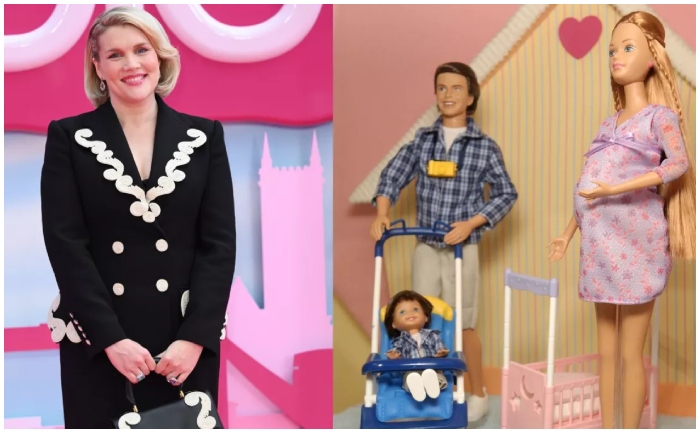
This doll was notable for its unique detachable baby bump and enclosed baby, stirring up a whirlwind of controversy and leading to its recall from Walmart in 2003. Michael Cera’s portrayal of Allan, the father of Midge’s children, interlaces perfectly with the narrative, creating a wonderful depiction of the 2003 Happy Family line.
Allan: Ken’s Less-Known Best Friend
While Ryan Gosling, Kingsley Ben-Adir, Simu Liu, and Ncuti Gatwa all portray various iterations of Ken, Michael Cera presents a delightful twist as Allan. He is not just another Ken clone but an entirely separate character.

Allan introduced as a distinct doll in 1964, went out of production in 1966, but made a surprising return in the 90s, albeit with a name change to Alan. Despite his limited run, Allan’s friendship with Ken and marriage to Midge breathes fresh life into Barbie’s world, expanding the spectrum of doll characters beyond the Ken-Barbie dichotomy.
Video Girl Barbie: A Technological Marvel Turned Controversy
The 2023 Barbie movie doesn’t shy away from controversial figures, incorporating the ‘Video Girl Barbie’ into its narrative. Introduced in 2010, this doll, complete with a functioning camera, was designed to record up to 30 minutes of footage.

The FBI was forced to issue a statement regarding the potential misuse of this feature, only amplifying its infamy. However, in the movie, Video Girl Barbie is just another resident in Weird Barbie’s house, adding a dash of intrigue to the tapestry of discarded dolls.
Growing Up Skipper: Barbie’s Controversial Younger Sister
Bringing the less known and sometimes controversial dolls to the fore, the 2023 Barbie movie features ‘Growing Up Skipper.’ Introduced in 1975, the doll came with a unique mechanism that allowed it to ‘grow’ an inch and develop breasts when its arm was twisted.

Although it was soon replaced due to its unpopularity, Growing Up Skipper finds a new life in the movie, residing with the outcasts at Weird Barbie’s.
Proust Barbie: A High-brow Humor
In Weird Barbie’s house, amid the other discarded Barbies, we find Proust Barbie. While not based on a real-life doll, she adds a subtle intellectual touch to the movie.

The doll, named after the French writer Marcel Proust, links to the central theme of the film – a quest for truth and meaning – mirroring the narrative of Proust’s renowned novel, ‘In Search of Lost Time.’ This humorous nod to the literary world injects a sophisticated layer of comedy into the movie.
Sugar Daddy Ken: A Misunderstood Persona
Among the discontinued Kens at Weird Barbie’s House is ‘Sugar Daddy Ken.’ Despite its initial suggestive name, the hilarious cameo by Rob Brydon provides clarity.

He’s not a ‘sugar daddy’ in the conventional sense but rather a devoted caretaker to his little white dog, Sugar. This playful interpretation of the real-life controversy associated with Sugar Daddy Ken’s 2009 release adds a humorous touch to the movie.
Earring Magic Ken: A Tribute to a Short-lived Icon
Joining Sugar Daddy Ken at Weird Barbie’s house is ‘Earring Magic Ken.’ This doll was Mattel’s 90s attempt to make Ken more ‘cool,’ complete with a mesh shirt, faux leather vest, and an earring.

Although it was discontinued due to protests from homophobic customers, the movie revives Earring Magic Ken as a lovable icon, played by Tom Stourton.
Mattel History References
The OG Barbie: A Nostalgic Throwback
The movie’s opening scene, mirroring the opening of 2001: A Space Odyssey, features Margot Robbie’s Barbie appearing in a desolate landscape, donned in a black and white striped swimsuit.
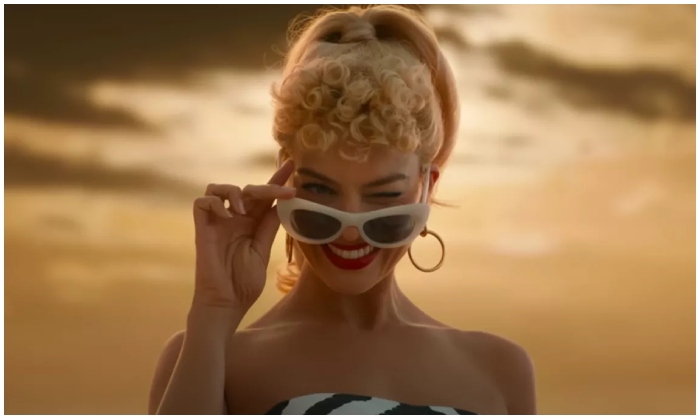
This is a heartwarming tribute to the original Barbie doll launched in 1959, rekindling a nostalgic connection to Barbie’s roots.
Ruth Handler: The Genius Behind Barbie
The film introduces Ruth Handler, the first president of Mattel and the creator of Barbie, played by Rhea Perlman. Robbie’s Barbie encounters Handler’s ‘ghost’ within Mattel HQ, taking viewers on an insightful journey into the origin of the Barbie doll.

This encounter also highlights Handler’s real-life struggles, particularly her resignation due to financial discrepancies, adding a realistic edge to the story.
Mattel’s Female CEOs: Empowering Leadership
The Barbie movie also recognizes Mattel’s history of female leadership, particularly its CEOs. Will Ferrell’s portrayal of the Mattel CEO highlights the company’s record of having more than one female CEO, acknowledging the formidable presence of women like Ruth Handler, Jill Barad, and Margo Georgiadis?
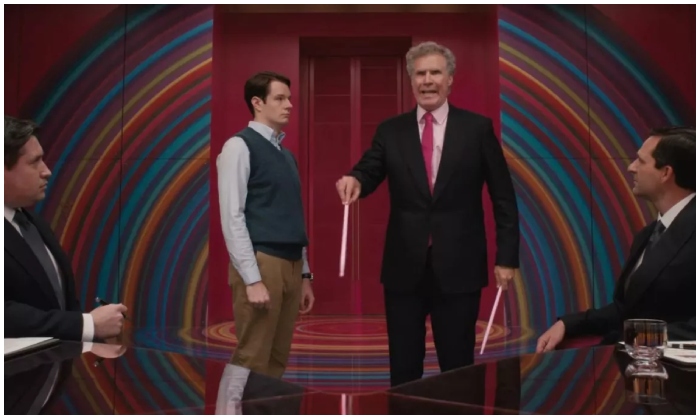
This tribute is a testament to female leadership’s power and resilience.
The Creation of Adam
In a strikingly meaningful scene, Barbie finds herself sharing a pot of tea with Ruth Handler, the creative genius behind the Mattel empire. As their hands meet over the tabletop, it beautifully replicates the divine connection in Michelangelo’s revered “The Creation of Adam.”

The poignant moment is no accident but a skillfully devised Easter egg. Margot Robbie, who breathes life into Barbie, adores this particular hidden gem, citing it as her favorite. It bridges the gap between art, history, and cinema, and brings a spiritual and philosophical depth to this charming movie.
Bratz Dolls
A clever nod to Barbie’s competitor occurs when she encounters Sasha at school. Sasha isn’t alone, she’s nestled in a group of three nameless girls. The subtlety here might go unnoticed by many, but keen observers will recognize the correlation with the popular Bratz dolls – four girls, Sasha included, who rival Barbie in the toy industry.

This could be an intentional wink from the filmmakers, acknowledging the dolls’ shared history and rivalry in the pop culture universe.
Barbie Movie Ending Explained
Barbie’s Decision to Embrace Mortality
In a significant turning point, Barbie rejects the infinite and perfect life of Barbie land, choosing instead to accept the realities of human life with all its inherent imperfections and eventual death. This choice reveals Barbie’s courage and determination to experience life’s ups and downs, its joy and sorrow, and its triumphs and challenges. Barbie isn’t choosing a life of hardship but a life of meaning and substance.
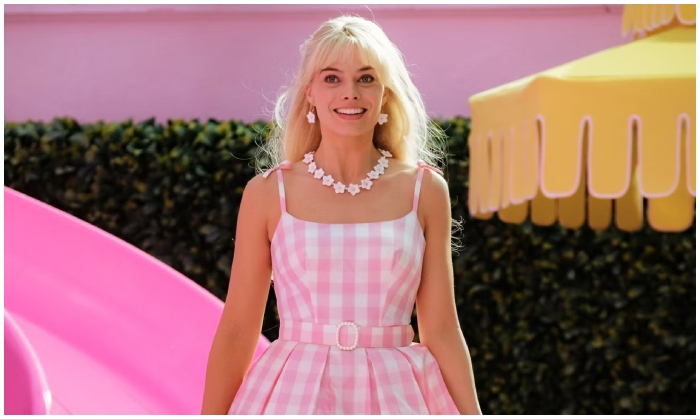
Instead of continuing her existence in a utopia where every day is the same, and everything is always perfect, Barbie craves experiences, memories, and a broader understanding of what it means to truly live. She seeks to influence the real world in a positive manner, driven by a desire to explore the myriad possibilities of imperfect existence. The decision underscores her resilience, daring, and insatiable curiosity that far outstrips the comforts of Barbie land.
Ken Rejects Patriarchy
Ken’s character arc transforms him into the film’s antagonist as he internalizes and subsequently imposes patriarchal norms within Barbieland. His ambitious plan for a “Kendom” fails, leading to a profound realization catalyzed by Barbie. She helps Ken understand that masculinity does not exclude vulnerability or emotions, nor does it require constant association with her Barbie.
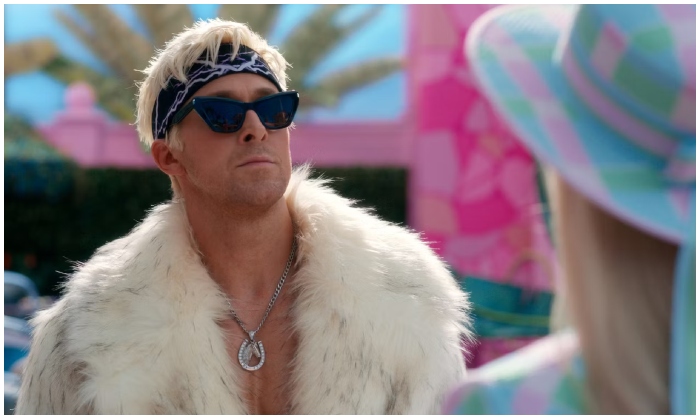
Ken’s renunciation of patriarchal ideologies is an essential part of his character development. It signifies his willingness to change and break free from the toxic behaviors ingrained in him. Through Ken’s personal growth, the film sends a powerful message about the importance of individual identity, emotional awareness, and the rejection of harmful societal norms.
Future of Barbieland
After overthrowing the oppressive regime of Kendom, a semblance of normalcy returns to Barbieland. However, the events have forever changed its residents – the Barbies and Kens have grown and learned, leading to a better mutual understanding. One of the significant changes in this utopia is the acceptance of diversity and individuality, as evidenced by the acceptance of Weird Barbie into the community.
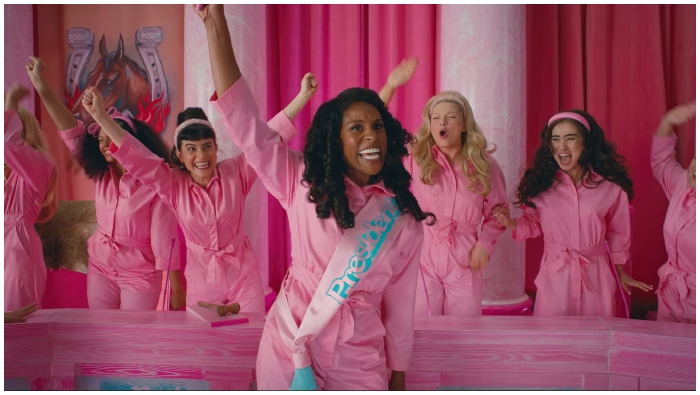
Some Kens are also allowed to join the court, symbolizing a shift in power dynamics. Moreover, the Kens and Barbies are encouraged to explore their own identities, charting a new course for Barbieland. This could result in a more self-aware, confident, and harmonious society that values every individual and their unique characteristics.
Ruth Handler’s Vision for Barbie
Ruth Handler, the brilliant mind behind Barbie, envisioned her creation as an everlasting idea, a beacon of influence that could inspire generations of girls. Barbie is not just a doll; she is an embodiment of dreams, possibilities and an icon of perfection.
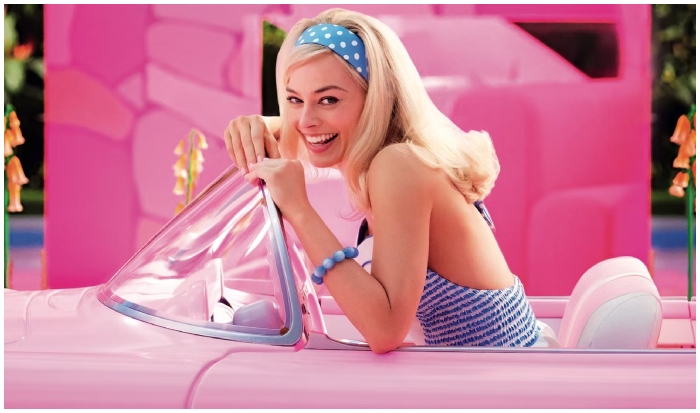
Barbie’s enduring appeal stems from her ability to adapt to the changing times, being reimagined, redesigned, and slightly altered to stay relevant and appealing. She cannot be killed or phased out, for Barbie transcends her physical form to exist as a concept, an ideal that, for better or worse, holds a mirror to societal expectations of beauty and perfection.
The symbolism of the Barbie Box
When Mattel’s board attempts to confine Barbie back into her box, it symbolizes their endeavor to suppress her potential and curtail her ambitions. They wish to control her and maintain her as the perfect, packaged doll, untouched by the complexities of the real world. This poignant imagery underlines the stifling of female potential under patriarchal norms.

Additionally, the box holds a deeper meaning for Barbie – it triggers her Proustian memory, reminding her of the past. The smell of the box serves as a poignant sensory cue, bridging the gap between her past in the box and her present outside of it. The box thus represents a transition, an entry into a world brimming with new experiences and challenges.
Reasons for Discontinuing Allan, Pregnant Midge, and Growing Up Skipper
Allan’s character, introduced in 1964 as Midge’s boyfriend, was eventually discontinued due to a lack of consumer interest. His association with the Pregnant Midge doll, which faced backlash for supposedly promoting teen pregnancy, further contributed to his removal from the Mattel lineup. Pregnant Midge, too, had a turbulent journey. Despite releasing a modified version where Midge had already given birth, the negative public sentiment forced Mattel to discontinue her.
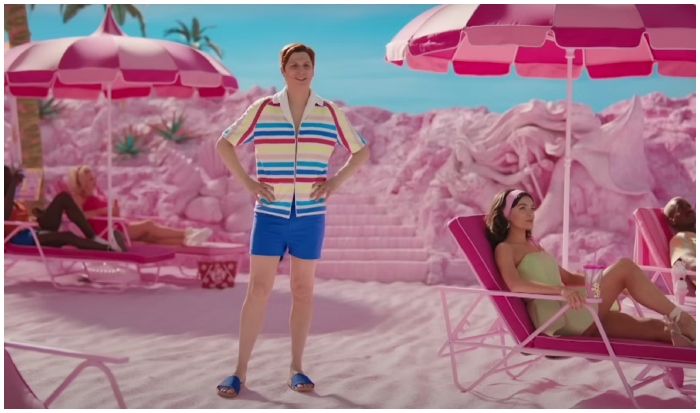
Growing Up Skipper, which displayed physical changes signifying puberty when her arm was rotated, stirred controversy regarding the inappropriate sexualization of toys. This led to her withdrawal from the Barbie lineup in 1977. These instances reflect societal attitudes towards certain themes and how they shape the trajectory of consumer products.
Significance of Barbie’s Ending
The conclusion of the film addresses central themes such as self-exploration, societal roles, and the bravery required for change. Both Barbie and Ken undergo identity crises, confronting new realities that challenge their pre-established self-perceptions. They can no longer define themselves based on earlier norms and expectations. They’ve been enlightened, setting them on a path of growth and self-discovery. The narrative critiques the harmful effects of patriarchy on both genders. The Barbies are stripped of their power, their voices, and their autonomy under the Kendom regime.

On the other hand, the Kens misuse their power, displaying toxic behavior that blinds them from exploring their true identities. Barbie’s acceptance of her own confusion and imperfections underlines the importance of embracing one’s humanity, sparking a conversation about identity and societal expectations.